News
What is the rarest butterfly? Explore endangered species
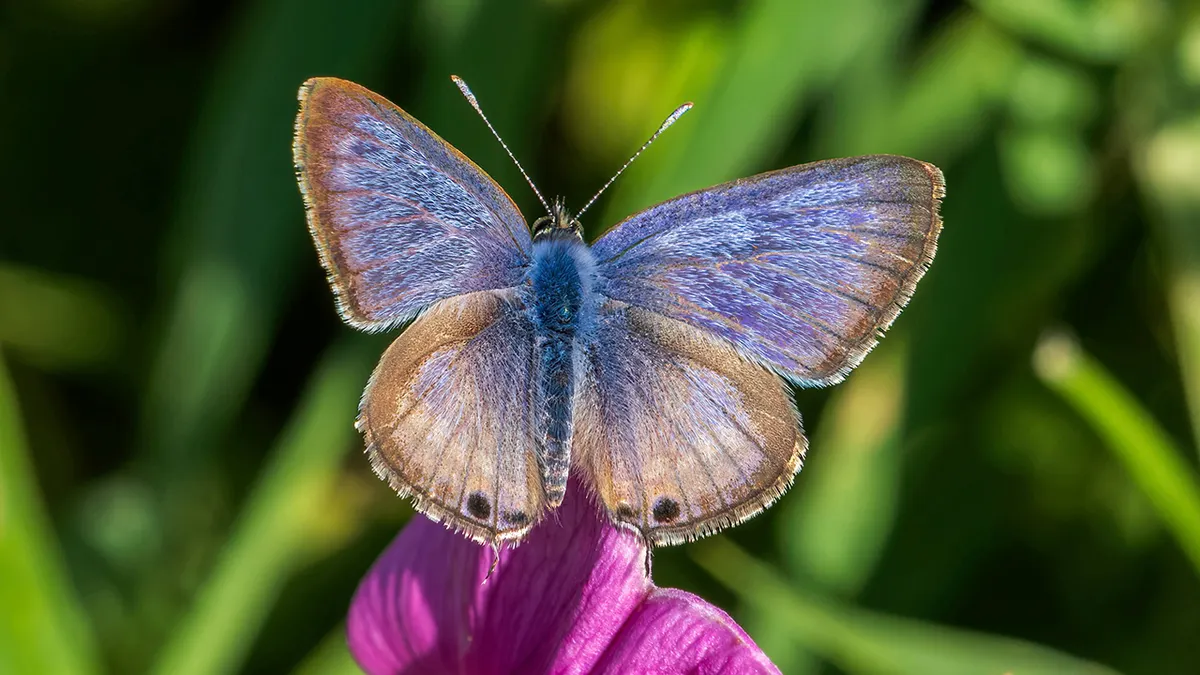
Butterflies are some of the most beautiful and delicate creatures in the animal kingdom. Their vibrant colors and unique patterns make them a symbol of transformation and beauty. However, not all butterflies are easily found fluttering in gardens or meadows—some species are so rare that they are on the brink of extinction.
This article will explore the rarest butterfly in the world, the factors that have contributed to its rarity, and the conservation efforts being made to protect it.
For enthusiasts, conservationists, and anyone interested in the natural world, discovering the rarest butterfly is a fascinating journey into the fragility of nature.
What Is the rarest butterfly in the world?
As of 2024, the title of the rarest butterfly goes to the Palos Verdes Blue Butterfly (Glaucopsyche lygdamus palosverdesensis). Native to the Palos Verdes Peninsula in California, this butterfly was once thought to be extinct but was rediscovered in 1994. It is critically endangered, with a very limited population and habitat.
The Palos Verdes Blue butterfly: A brief overview
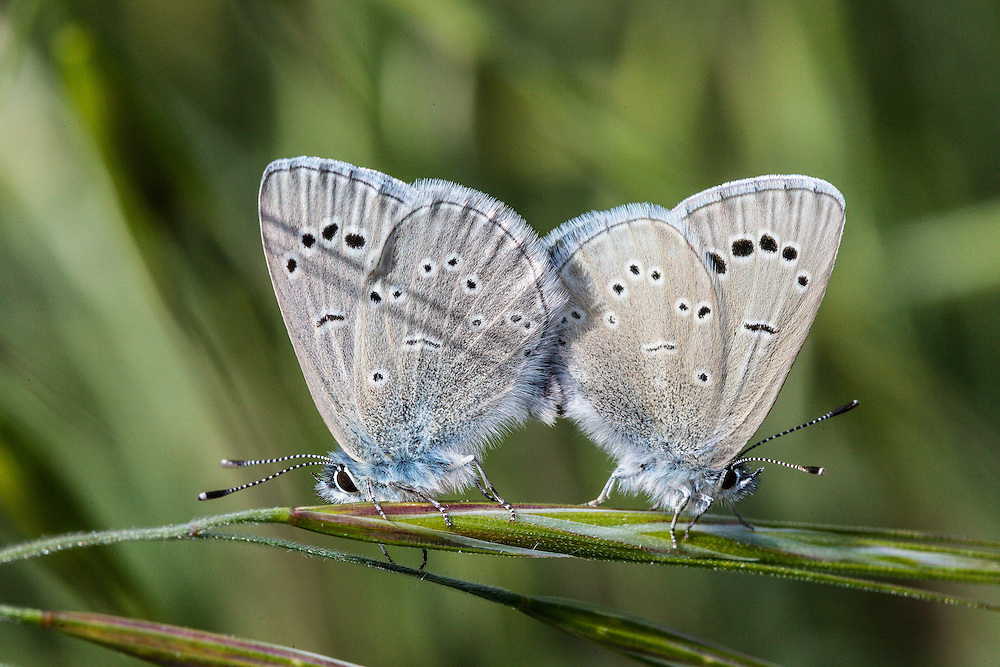
The Palos Verdes Blue Butterfly is a small species of butterfly, known for its striking blue wings in males and grayish-brown wings in females. This species is primarily found in coastal sage scrub habitats, which have been drastically reduced due to urbanization and development.
- Scientific name: Glaucopsyche lygdamus palosverdesensis
- Conservation status: Critically Endangered
- Habitat: Coastal sage scrub in Palos Verdes Peninsula, California
Why is the Palos Verdes Blue butterfly the rarest butterfly?
The Palos Verdes Blue Butterfly has become the rarest butterfly due to a combination of habitat destruction, climate change, and its already naturally limited range. Let’s explore these factors in more detail.
1. Habitat loss
One of the main reasons the Palos Verdes Blue Butterfly is so rare is the significant loss of its natural habitat. Urban development in the Palos Verdes Peninsula area has led to the destruction of coastal sage scrub, which is essential for the survival of this species. As these habitats are cleared for residential and commercial purposes, the butterfly’s range and population have dwindled.
2. Limited geographic range
Unlike other butterfly species that can be found in various parts of the world, the Palos Verdes Blue Butterfly is restricted to a very small area. Its limited geographic range makes it highly vulnerable to environmental changes and habitat destruction. Even minor disturbances in its natural environment can have a major impact on the population, making it difficult for the species to recover.
3. Climate change
Climate change has also contributed to the decline of the rarest butterfly. Changes in temperature, precipitation patterns, and the frequency of extreme weather events affect the delicate balance of the butterfly’s ecosystem. For instance, shifts in weather patterns can influence the availability of host plants that the butterfly larvae depend on for food.
Conservation efforts to save the Palos Verdes Blue butterfly
Despite the critical status of the Palos Verdes Blue Butterfly, there are ongoing conservation efforts aimed at protecting and reviving the species. Various organizations, in collaboration with government agencies, have developed programs to restore its habitat, increase its population, and raise public awareness about the importance of butterfly conservation.
1. Captive breeding programs
Captive breeding has played a significant role in the conservation of the Palos Verdes Blue Butterfly. In partnership with the Urban Wildlands Group and local universities, captive breeding programs have been established to increase the population of the butterfly in controlled environments. These programs have successfully bred butterflies in captivity, which are later reintroduced into their natural habitats to bolster wild populations.
2. Habitat restoration
Another crucial aspect of the conservation efforts is habitat restoration. Organizations like the U.S. Fish and Wildlife Service are working to restore areas of coastal sage scrub that have been lost to development. This includes planting native species that the butterfly depends on for food and reproduction, as well as creating protected areas where the species can thrive without human interference.
3. Monitoring and research
Ongoing monitoring and research are critical to understanding the health of the butterfly population and the effectiveness of conservation efforts. Researchers regularly track the population size, health, and breeding success of the Palos Verdes Blue Butterfly. By studying the butterfly’s interactions with its environment, conservationists can better address the challenges it faces and adapt their strategies to ensure long-term survival.
4. Public awareness and education
Educating the public about the importance of butterfly conservation is another key element in protecting the rarest butterfly. Awareness campaigns, community involvement, and environmental education programs are being implemented to inform people about the threats to butterfly species and how they can help in their conservation. Local schools and environmental groups are also participating in efforts to plant butterfly-friendly gardens and restore native vegetation.
Other rare butterfly species
While the Palos Verdes Blue Butterfly is currently the rarest butterfly, there are other species that are also critically endangered and could be considered among the rarest butterflies in the world.
1. Schaus’ Swallowtail (Papilio aristodemus ponceanus)
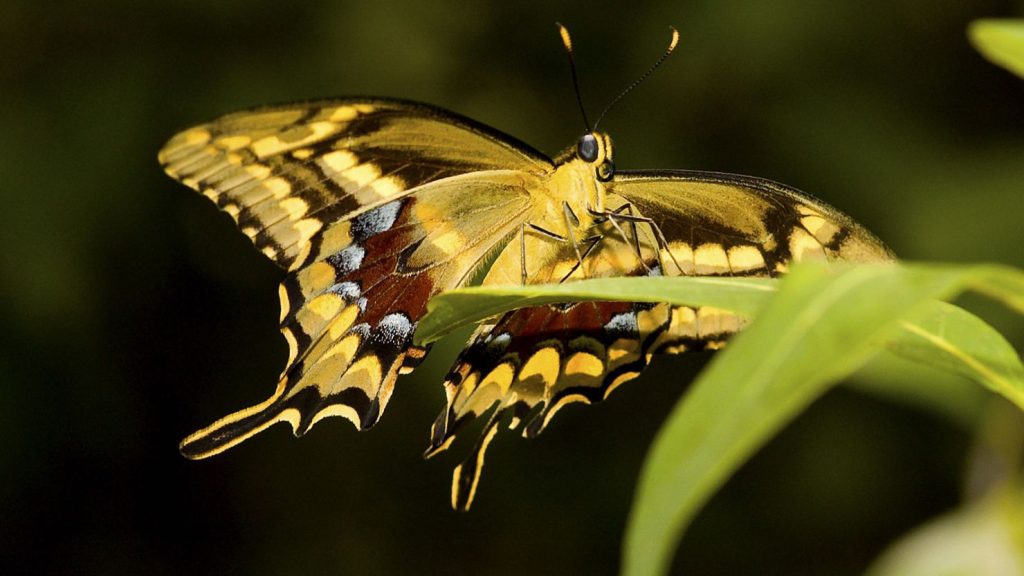
The Schaus’ Swallowtail Butterfly is native to the Florida Keys and is also critically endangered. Habitat loss, hurricanes, and pesticide use have drastically reduced its population. Conservation efforts are underway to protect its remaining habitat and increase its population.
2. Miami Blue Butterfly (Cyclargus thomasi bethunebakeri)
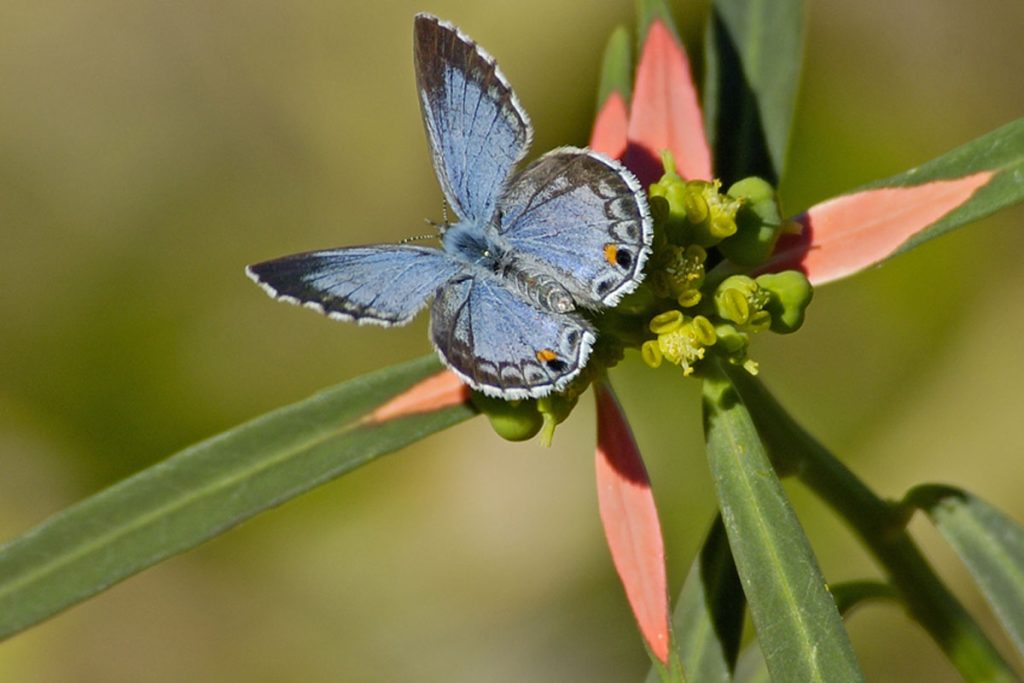
The Miami Blue Butterfly is another rare species found in Florida. It was once thought to be extinct but was rediscovered in 1999. This butterfly’s population remains critically low, and it is under the protection of various conservation programs aimed at restoring its numbers.
3. Bhutan Glory Butterfly (Bhutanitis lidderdalii)
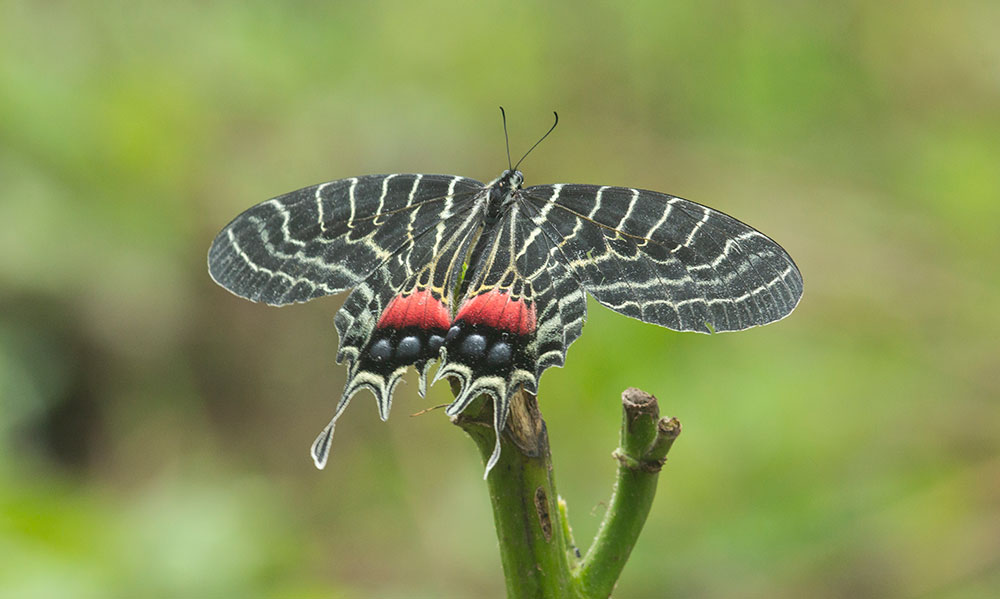
The Bhutan Glory Butterfly is a rare species found in the Eastern Himalayas. Due to habitat destruction and illegal collection, this butterfly is considered one of the rarest in the world. Conservation efforts in the region aim to protect the butterfly’s forest habitat from further degradation.
The importance of protecting endangered butterfly species
The decline of butterfly populations around the world is a warning sign of broader environmental issues. Butterflies are vital pollinators and play an essential role in maintaining biodiversity. Protecting endangered species like the Palos Verdes Blue Butterfly is not just about saving a single species—it’s about preserving ecosystems and promoting environmental health.
1. Pollination
Butterflies are important pollinators for many plants, helping to sustain food chains and support biodiversity. The decline of butterfly populations can lead to a decrease in pollination, which in turn affects the entire ecosystem, from plants to animals.
2. Biodiversity indicators
Butterflies are also indicators of environmental health. A healthy butterfly population often reflects a well-balanced ecosystem. Declines in butterfly populations can signal larger ecological problems, such as habitat loss, climate change, or pollution, which could have wide-ranging effects on other species and the environment as a whole.
Final thoughts: The rarest butterfly
The Palos Verdes Blue Butterfly holds the title of the rarest butterfly in the world, with its population teetering on the edge of extinction. Due to habitat loss, climate change, and other human activities, this delicate species has become critically endangered.
However, thanks to dedicated conservation efforts, including captive breeding and habitat restoration, there is hope for the survival of this rare and beautiful butterfly. As conservationists work to protect the Palos Verdes Blue Butterfly and other endangered species, it serves as a reminder of the importance of preserving the natural world and its many wonders.
